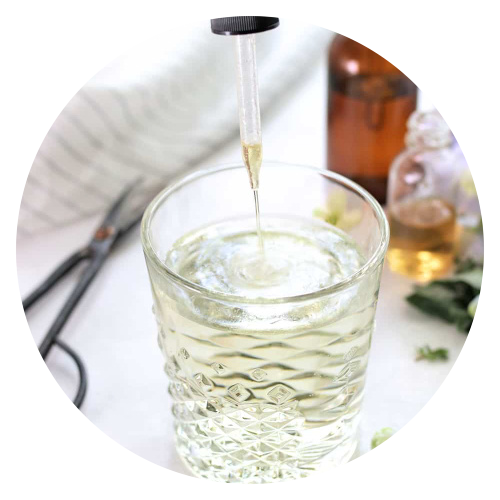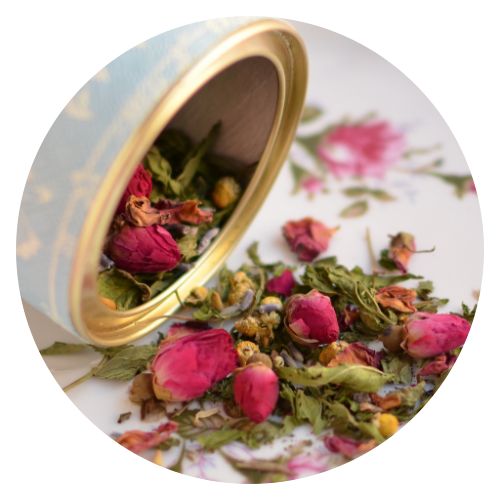My husband and I passed through the "essential oil" section at a local big box store and the shelves were nearly bought out! I was chilled to think about all of the unsuspecting families that are using them in their homes. It is frightening to think about people using them topically (even though the label in this case said not to), but to think of people diffusing them is even worse considering the carcinogens. I hate to imagine anyone taking a single drop of this synthetically made garbage internally, or worse yet, using them on their infants and children!
Why You Shouldn't Allow Your Want To Save Money To Outweigh Your Common Sense
Multi seller sites like Amazon, supermarkets, drug stores, department stores, and any chain store really. These companies buy hundreds of thousands of products. There is no way that they are investigating the authenticity of each item. They buy from sellers who may claim to have a "pure" product, and that is as far as their investigation goes. They are buying their oils from companies who are using CHEMICALS and SYNTHETICS as FILLERS, which can be TOXIC and HARMFUL. They are cutting corners at YOUR expense and at the expense of your health and wellbeing.
In Amazon's case, they not only buy from larger companies, but allow companies to sell on their site. There are a lot of people purposefully selling adulterated and/or synthetically manufactured essential oils and making a lot of money doing.
You simply cannot generate a pure product, vet it through third party testing, and sell it on a shelf for $5 or $6 and we can't expect that these companies are going to care more about weeding out what's real from what's not if the consumer doesn't seem to care.
Looking over a testing report on an oil sold at Wal-Mart as LAVENDER ESSENTIAL OIL, it is clear that it is actually lavendin oil that has been boosted with significant amounts of synthetic linalool and linalyl acetate. Present are trace marker components of dihydrolinalool and dihydrolinalyl acetate WHICH DO NOT OCCUR IN NATURE. When these components are present it tells us that a large amount of the linalool and linalyl acetate were added from a synthetic source. Further support could be provide by doing carbon 14 isotope testing to confirm the overall % of the oil that is derived from petrol chemicals!
Why You Need To Use Pure Essential Oil Or Don't Use It At All
- You are not saving money, rather, you are throwing it away.
- There is absolutely no medical benefit to using a synthetically produced essential oil.
- It leads people to believe that they are allergic to essential oils, when in reality the reaction is from the fragrance oil that is not at all the same as pure essential oil.
- When you buy just anything labeled "essential oil" you are not supporting a business who has gone through time and expense to carry pure essential oil.
- IT IS DANGEROUS!
Why Fake Essential Oil Is Dangerous
- PURE Essential Oils work well because they are made from the plasma of plants and our own blood plasma is almost an exact match, and essential oils have the ability to enter the blood stream directly. The chemicals in the fake oils will attach themselves to whatever small amount of pure ingredient oil and will enter your blood stream, causing a health risk by overloading the kidneys and liver.
- While PURE essential oils are beneficial, their synthetic counterparts are anything but. Pure lavender can help heal a burn, but fake lavender can increase pain, cause further inflammation, increase the likelihood of scarring, and can cause a serious infection.
- Synthetically made (FAKE) essential oils almost always contain a fragrance oil, which is a blend of carcinogens, respiratory irritants, allergens, neurotoxic chemicals, endocrine disruptors, and environmental toxicants.
- Autism and ADHD has been linked to synthetic fragrance. Research conducted by Dr. Philip J. Landrigan of the Mount Sinai Children’s Environmental Health Center demonstrates that fetal exposure to phthalates is linked to autism, symptoms of ADHD and neurological disorders.
- According to the Breast Cancer Fund, when it comes to the prevention of cancer, avoiding synthetic fragrance is one of the main ways to help yourself. That’s because the dangers of synthetic scents include hormone-disrupting phthalates and synthetic musks.
- Allergic/Toxic Reaction! Fragrances are one of the top five allergens in the world. Allergic reactions include headaches and migraines, difficulty breathing and sinus irritation, just to name a few. Fragrance mixtures also commonly trigger contact dermatitis, a type of allergic skin reaction. In recent years, health reports show that allergies, sinus problems, migraines and asthma have all increased dramatically. Many experts believe there’s a likely link between the rise in these conditions and the increased use of products containing fragrance.
What To Look For
- Essential oils sold in dark glass bottles.
- The scientific name of the plant should be on the label.
- How does the oil smell? Not always, but often these fakes smell obviously scented.
- What's the cost? While essential oils don't have to be over the top expensive, remember that it takes hundreds to thousands of pounds of plant to make one pound of pure essential oil. They will never be $5 a bottle.
- The bottle should be labeled with the proper information, such as origin of plant used. This is different than "Made In _ _ _ _ _"
- Do your due diligence and use your common sense! You cannot simply rely on packaging. I have discovered hundreds of companies who label 100% Pure Essential Oil, when they have sometimes not even met the laws minimum requirement of containing 5% essential oil.
We Are Here To Help
If you have oils for which you are unsure of the purity, please reach out to us, and we will do what we can to check our sources for testing.



